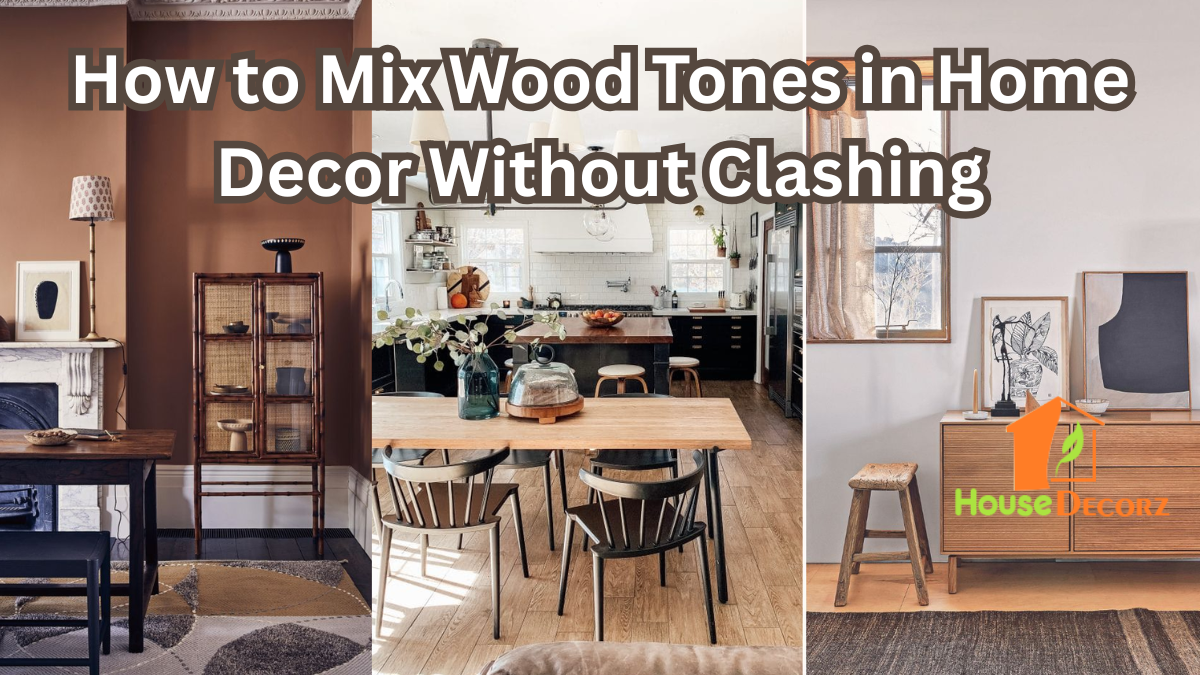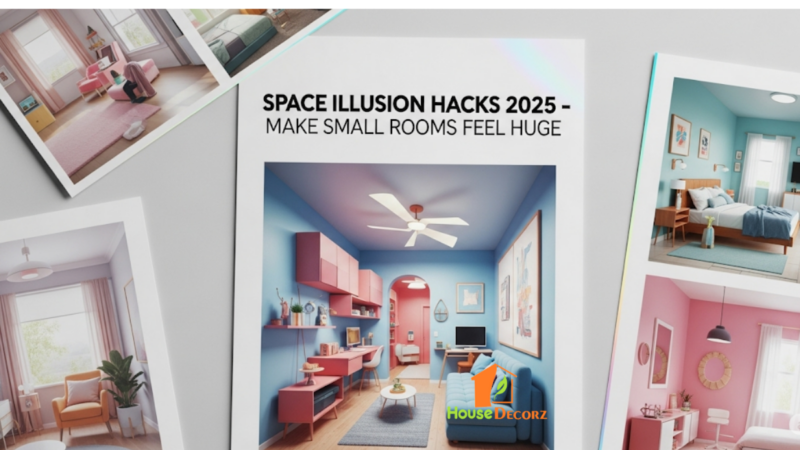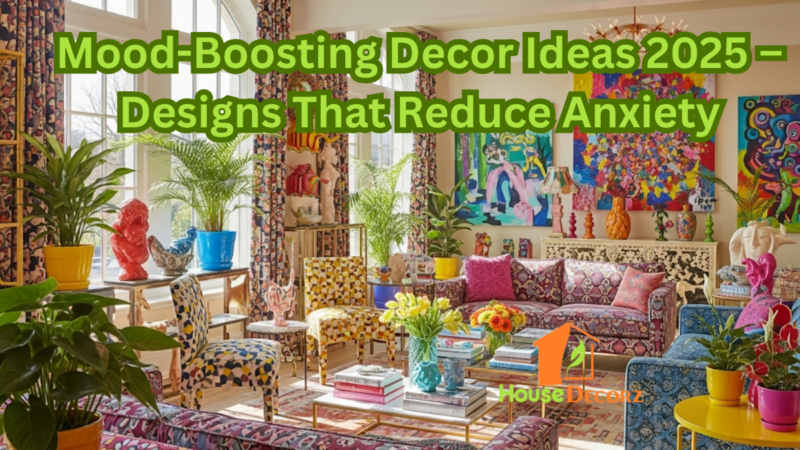How to Mix Wood Tones in Home Decor Without Clashing

Mixing wood tones in a room may seem intimidating at first, but done right, it adds depth, character, and a professionally styled finish to any space.
Gone are the days when matching every wooden element was a hard rule. Today’s design trends embrace layered textures and varied tones, especially in modern rustic interiors, where blending light and dark woods can bring a room to life.
Understanding how to mix wood tones in home decor requires a thoughtful approach, an eye for balance, and a few strategic design principles. Whether you’re revamping a single room or your entire home, the following guide offers actionable wood decor tips for achieving a harmonious look that feels warm and curated—not chaotic.
Mix Wood Tones in Home Decor Tips
Start with a Dominant Wood Tone
Every well-designed space benefits from a clear foundation. Choose one primary wood tone to anchor the room—this could be the finish on your flooring, a large piece of furniture, or wood-paneled walls. This dominant tone will serve as the base from which all other wood elements relate.
Quick tip:
If your flooring is a deep walnut or a light oak, keep that tone in mind as you select coffee tables, shelving, and other furniture. This doesn’t mean everything has to match—it just creates a visual anchor.
Identify the Undertones: Warm, Cool, or Neutral
Understanding wood undertones is key to avoiding clashes. Woods typically fall into three categories:
- Warm tones: red oak, cherry, mahogany
- Cool tones: ash, maple, some gray-washed finishes
- Neutral tones: walnut, white oak, reclaimed woods
Pairing woods with complementary undertones keeps the mix intentional. For example, combining a warm walnut coffee table with cherry bookshelves creates harmony, while a warm and cool wood side-by-side may feel disjointed unless carefully balanced.
Use Contrast to Your Advantage
When mixing wood tones, contrast isn’t just acceptable—it’s encouraged. Contrast adds depth and interest, especially in neutral or monochromatic spaces. Just like in fashion, layering lights and darks creates balance.
Design example:
If you have light wood floors, pair them with darker wood furniture like a rich espresso cabinet or walnut dining chairs. The contrast grounds the space and highlights each piece’s unique texture and grain.
Repeat Each Tone at Least Once
Repetition is a subtle yet effective way to tie different wood tones together. Aim to repeat each major tone at least twice in the room to create consistency. This can be achieved through furniture, shelving, frames, or decorative accents.
Visual tip:
If your bedroom has a light oak bed frame and a dark nightstand, incorporate dark wood in a mirror frame or dresser handles to unify the palette.
Mix Wood Grains and Finishes Thoughtfully
Not all wood elements need to have the same finish or grain. In fact, varying textures enhances the design. Try pairing smooth, polished finishes with rustic or weathered ones for that coveted modern rustic interior look.
Wood decor tips include:
- Combining reclaimed wood with modern lacquered pieces
- Using both matte and glossy finishes
- Balancing straight wood grains with knotted, organic patterns
Texture layering brings tactile richness and prevents the space from feeling flat or overly matchy.
Use Rugs and Soft Textiles to Break Up Visual Weight
If you’re worried about wood overload, soften the room with textiles. Area rugs, upholstered furniture, and throw pillows act as visual buffers between contrasting wood tones. They can also help designate zones in open floor plans, creating flow and cohesion.
Pro tip:
A jute or neutral wool rug placed under a wooden coffee table not only defines the space but prevents tone-on-tone wood clashing.
Don’t Forget the Power of Paint and Metal Accents
Painted surfaces (like cabinetry or feature walls) and metal accents (like brass handles or black steel legs) give the eye a break and allow wood tones to shine without competing.
Neutral wall colors like soft white, beige, or sage green can enhance the warmth of wood, while matte black or brushed gold finishes on fixtures add modern edge and contrast.
Recommendation
Best Lighting Ideas to Make Your Bedroom Cozy
How to Create Visual Balance in Your Home Decor
Hallway Decorating Ideas That Make a Stunning First Impression
10 Budget-Friendly Wall Decor Ideas That Look Expensive
Space-Saving Bedroom Furniture Ideas That Work
FAQs About Mixing Wood Tones in Home Decor
Q: Can I mix more than two wood tones in one room?
A: Yes! Just be sure to have one dominant tone and repeat each additional tone at least once for balance.
Q: What if I already have mismatched wood furniture?
A: Use textiles, paint, and strategic placement to create harmony. A well-placed rug or a unifying color palette can bring cohesion to a variety of wood types.
Q: Is it okay to mix painted wood furniture with natural wood?
A: Absolutely. Painted pieces can offer visual relief and act as a neutral when paired with wood tones, especially in eclectic or farmhouse designs.
Q: How do I mix wood tones in small spaces?
A: Stick to two or three tones maximum and use repetition to avoid visual chaos. Keep the palette light if you want the room to feel open.
Final Thoughts
Learning how to mix wood tones in home decor is all about balance, intention, and creativity. You don’t need to match every piece to make a room feel cohesive—in fact, mixing thoughtfully chosen wood tones is often what elevates a design from basic to beautiful.
By layering complementary tones, understanding undertones, and using contrast wisely, you can craft modern rustic interiors that feel both timeless and personal.
So don’t shy away from variety. Embrace the mix. After all, the charm lies in the details—and wood, with its organic warmth and endless variation, is one of the richest design elements you can play with.






